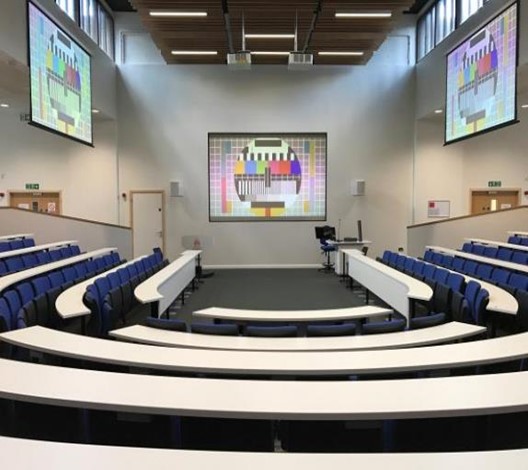In the wake of the COVID-19 shutdown, a common question was debated in the corporate world. As it became necessary to send workers to their home offices to mitigate the effects of the pandemic, the question on everyone’s mind was: “But how do we maintain business continuity?”
If this pandemic had happened in the last millennium, or even just 10 years ago, its economic impacts would have been patently more devastating on every level. The truth is, it could have been a lot worse, but it wasn’t. The reason is obvious: technology came to the rescue.
Those who could work from home did. They connected to high-speed internet, logged into video conferencing apps for meetings, and got to work. Businesses quickly noticed an unexpectedly high level of productivity among their remote workforces, causing them to reconsider, possibly permanently, their corporate organizations, office spaces and workflows. A Gartner survey found that 82 percent of company leaders plan to offer remote work at least some of the time after the pandemic.
In higher education, while the issues are similar, the nuances are critical when bridging the gap between historically successful pedagogical approaches and the “new normal” of distanced and hybrid learning. Not knowing any better, education hit it head on and tried to flip a switch just like corporate America with online classes, assignments, and video conferencing where possible, with the hope that with everything online, everything would be fine.
Schools and universities soon found that moving to an online, and eventually hybrid, environment with some students remote and some physically present in the classroom left the feeling that something was missing–and certainly lacking. In the process, consideration of the human aspect–the art–of teaching, was lost.
The future of socially distanced education
The question became not, “How can we maintain business continuity?” but rather, “How can we maintain the continuity of the professor’s teaching style, while maintaining the quality of instruction, while meeting the education needs of the students with different learning styles, and not break the bank?”
Once again, technology can provide answers. In this case, audio/visual display technology is the keystone. However, it has to be implemented using the best (and often simplest) approach possible because screens can be either a boon or a barrier, depending on how they are used. Essentially, there are four scenarios that encompass most in-person, hybrid, and distanced learning situations.
Scenario 1: Larger screens, smaller rooms, fewer students
This scenario allows for social interactions within smaller spaces, such as collaborative rooms. Large screens with 4K technology should be considered so students far away can see the screen, and students who are close can also clearly see the content without running into pixilation issues.

Scenario 2: Larger rooms, larger screens, distanced students
This scenario calls for about 50 percent of the number of students to be in the classroom for social distancing. Larger screens will be needed so students who are in the back of the room can see the content clearly.

Scenario 3: Personal spaces, personal screens, remote students
This is a pure virtual learning situation where students and instructor are all completely remote. The display technology needed to optimize the experience includes cameras, desktop monitors, large LCD monitors, and projection systems of various sizes. Small laptop screens add to a growing concern called computer vision syndrome for both students and teachers. According to the American Optometric Association, computer vision syndrome, or digital eye strain, describes a group of eye- and vision-related problems that result from prolonged computer, tablet, e-reader, and cell phone use.

Scenario 4: Mid-size room, multiple screens, present and remote students
This is a hybrid situation and one that is most similar to traditional environments that allows for continuity and quality of instruction with the greatest amount of natural, personal interaction. With screens in the back of the room, the instructor can still see the faces of all the students in the class. This enables the professor to maintain the teaching style they have honed, in some cases, over decades of teaching.

Sometimes the answer is even outside these four scenarios and a flexible, mobile solution is called for. Many universities have implemented an a la carte approach by purchasing several 65-inch, 4k monitors with a camera and stand-alone PC and placing these items on literal wheeled carts to use between several rooms. When video conferencing is needed, the cart can be rolled into the classroom and education can commence.
Technology can get better results, but it has to meet the demands of the situation—and that criterion often fluctuates from professor to professor. If they are comfortable with technology, there are few hurdles for teaching and learning. If they are not comfortable and familiar, it can be a big barrier.
Regardless of the scenario that is chosen, the technology must be high-quality, yet extremely easy to use. If it is, it will aid them in overcoming the obstacles brought on by the global pandemic, help them fulfill their purpose, and provide better student outcomes.
- Survey: More students want to go to graduate school - April 24, 2024
- Educause, AWS launch generative AI readiness assessment tool for higher ed - April 23, 2024
- A bungled FAFSA rollout threatens students’ college ambitions - April 19, 2024

